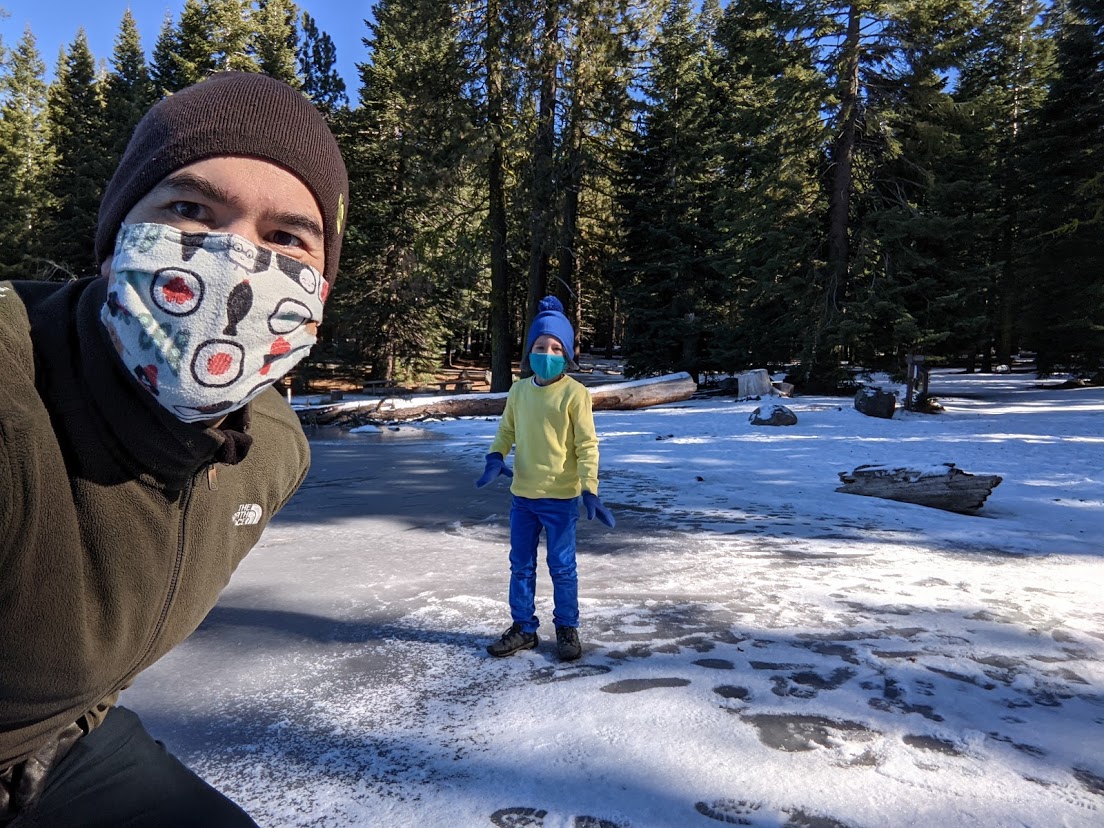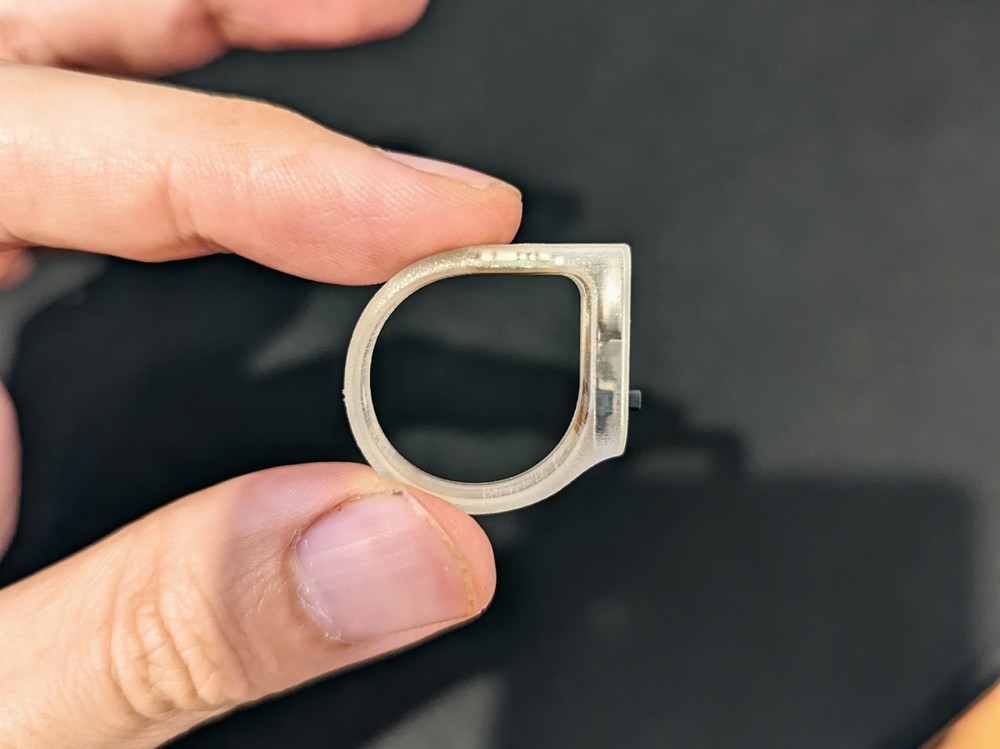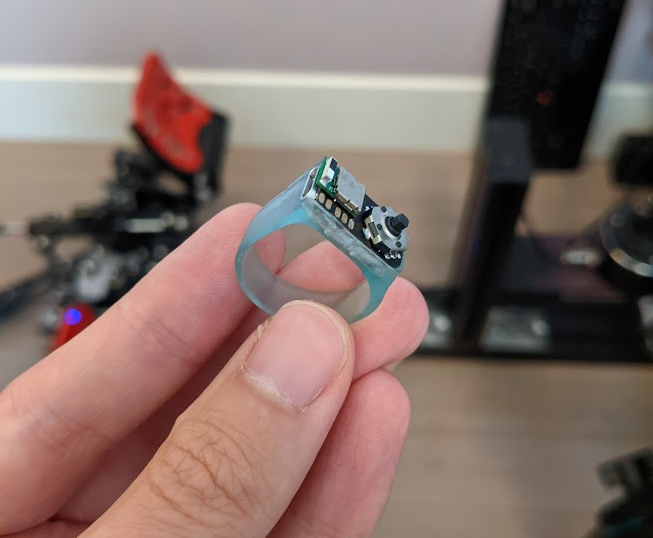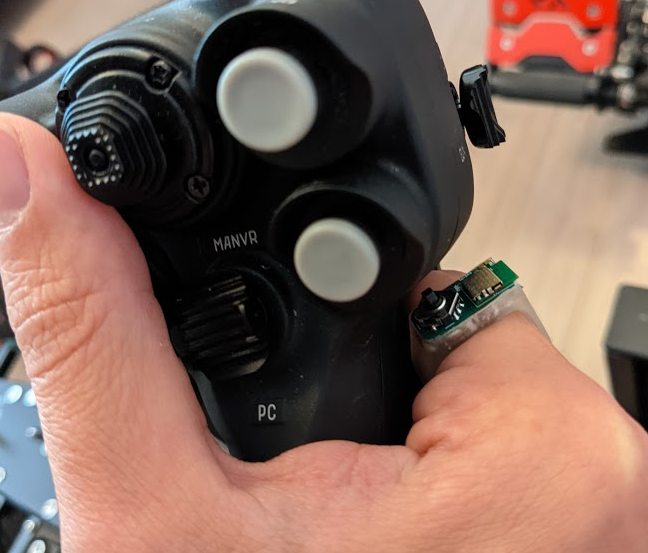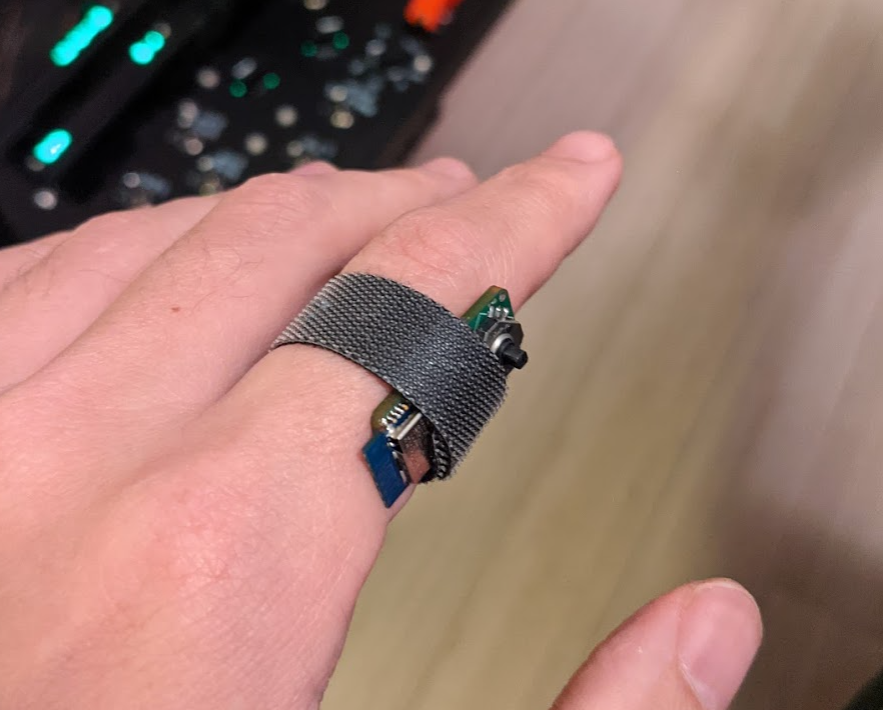-
Posts
71 -
Joined
-
Last visited
Content Type
Profiles
Forums
Events
Everything posted by frenzon
-
Your monitor doesn't flicker its backlight at 60hz - it just keeps it on, whereas most headsets flash their backlight at the refresh rate of the screen so you only see the image briefly. This is because they don't want the image to persist as you quickly move your head as doing so would lead to very brief moments where the image feels like its in the wrong place, making some people sick. Even in desktop displays that don't have backlights (like OLED), there tends not to be a long period of blackness between updates because they don't care about that motion sickness problem. Additionally, the headset image takes up a much bigger chunk of your field of view, and people are more sensitive to flickering in the corners of their vision. If you had a CRT monitor (low persistency) and put your head so its display took up as much of your FOV as your HMD, you'd probably notice the flickering.
-
If the double-vision issues are like one eye lagging the other leading to overlap, make sure Windows' "Graphics Settings" > "Hardware-accelerated GPU scheduling" is turned off.
-

Any idea where to put VR zoom
frenzon replied to Gunfreak's topic in PC Hardware and Related Software
As a variant on this idea, do you have volume buttons on your headset? You could use autohotkey to map them to another key, then use that key in DCS - I used to use vol up on my Pimax to do salutes in the F-18. With zoom, it would be like holding binoculars -
The default kneeboard toggle is RShift+K, which pops open a giant kneeboard window in VR for me. K alone is 'glance view', which I've never used - maybe it works differently? Give the RShift+K one a try?
-
They do not. The Pimax is just tough on DCS. I run mine at small FOV (which is still bigger than almost every other HMD) to make it manageable.
-
I spent some time experimenting with this before, but it just wasn't reliable enough - either it introduced slight delays in clicking, moved the position of the hand as you were clicking, or just didn't register - in combination with the DCS cockpits having very tiny buttons, it meant that you'd frequently press the wrong thing. However, all of that was done before the Ultraleap Gemini update, so maybe I will give it another test! Thanks for reminding me. I designed and made the rings - they're basically an NRF52832 module running Espruino, a five-way switch, and a tiny battery+usb port. I don't have any to sell right now because the world ran out of the modules I was using (Raytac MDBT42V), so I need to redesign them with the Ublox BMD-350.
-
The ring is just for doing mouse button presses, so if you have those mapped to HOTAS controls it will work without the rings (nowhere near as good) Just to update people on the rings - the chip shortage meant that I had to go back to square one on the ring design as the modules I was depending on are out of stock for at least a year (and probably forever), so I'm now awaiting some ublox BMD-350 modules.
-
Updated to work with the Ultraleap v5.2 (Gemini) tracking software: https://github.com/glenmurphy/fingers/releases/tag/v0.9.3 Would appreciate any tests/feedback - the beta of the software had a 'stops tracking after 30m' issue that I haven't seen here, but who knows. On the rings side, the global chip shortage has meant that I need to redesign the rings around a different module, and now that I live in Australia, getting PCBs/modules delivered is adding a lot of iteration time
-
Ah yeah sorry for not making that clearer - you can get it from the Releases section on of the github page: https://github.com/glenmurphy/fingers/releases/tag/v0.9.2 I really should make a proper website for it. There are a few finger mouse things you can buy that will do the button-clicking, but they can be a little bulky. https://www.amazon.com/gp/product/B00D63BIAO/ref=ppx_yo_dt_b_search_asin_title?ie=UTF8&psc=1
-
Unfortunately the global chip shortage has meant that I need to redesign the rings from scratch, as the two modules I was basing it on (the MDBT42V and the EKSHSNZWZ) are out of stock for the next year at least
-
I don't believe this is possible - Leap relies on each app to make its own decisions about what to track, so I think the best you can do is enable or disable all tracking. You could attempt a hardware solution where you mess with the tracking in some way (e.g. an IR LED to flood it), but I imagine that will cause other issues.
-
FWIW, my software, Fingers, lets you turn your Leap input into 2D cursor input for DCS. It's designed to work with finger-mounted buttons for doing the clicking, but also works with joystick buttons mapped to mouse input - I find the cursor input much more accurate and useful than the virtual hands. Tested with Pimax hand tracker and Oculus Quest with Leap stuck to the front. Thread: Software: https://github.com/glenmurphy/fingers
-
Try as I might, I haven't been able to get a PointCTRL, and the various Leap/VR Controller integrations were difficult to set up and fiddly in use (no tactile feedback, lots of accidental activation of switches). So I made my own solution involving a Leap for hand tracking and dedicated finger-rings for button pressing. CPU usage and framerate impact is negligible, and it's a single executable, with no driver changes or SteamVR config required. Like PointCTRL, the Leap input translates into DCS mouse input rather than VR input, here's an older video of what it's like in use: The setup is a head-mounted Leap (though with some modification, you could fixed-mount it for monitor setups), the Fingers software, and some custom-made five-direction button rings (the directions enable left click/right click/scroll up/scroll down/disable). The rings are micro-USB rechargeable, and can handle six-eight hour sessions, with two weeks of standby time. You can use it with other ring-worn button inputs, like the Kokuyo presenter, though they may interfere with hand tracking more. I'm sharing this as a hobby project for discussion and feedback - if you want a robust solution you can buy, you will likely have better luck with PointCTRL, as I imagine its an easier plug and play solution, with tracking probably more reliable than the Leap's, particularly in extremes (twisting around to switches further back). PS the rings also double as great mute buttons and controls for Zoom/Google Meet
- 148 replies
-
- 17
-

-

-

Operation Scarlet Dawn not saving persistency
frenzon replied to ZeroReady's topic in User Created Missions General
They all work well for us - just to check - if you're running it on an MP server are you commenting out the MissionScripting.lua file in the server install directory rather than the client directory? -
After your post I did the same test and noticed the same. It turns out that for me, FFR was super useful on some maps/missions (the ones I originally tested on), but awful on others (the ones I now fly on). Given that I now mostly fly Syria (which is CPU bound for me), I've also elected to turn FFR off - thank you for doing the test and causing me to revisit!
-
I'm not - maybe that's a key difference. I had been using it in the past, but it wasn't clear Ah, sorry I missed that you were on the 5K+; I had the 5K+ before the 8KX, and after much tweaking (e.g. Small FOV) to get to an OK framerate, could never go back - though the recent visibility changes might make the 5K+ actually better for spotting, with the 8KX I can spend a lot of time inside the cockpit happily dealing with MFDs (even the F-16's tiny MFDs). If you don't care as much about tiny text, it might not be as valuable an upgrade. Small FOV sounds like a waste of the Pimax's strengths, but it's still huge compared with the G2 and others.
-
FWIW (because it probably varies from PC to PC) I have the opposite experience with FFR on my Pimax 8KX / 3090 / 9900K - I love it - with aggressive FFR I can play Syria at native / 80% SS / Small FOV / VR defaults smoothly. Without FFR the framerate drops into the red. For me, I'd rather have artifacts at the edge of my vision than doubled-up stuff in the center from motion smoothing.
-
Yeah I have a bunch of them from researching this - they are all uniformly terrible; they don't pair with Windows well, the latency is high and random (press a button four times, get two to four events one to five seconds later), and they send super weird key events that Windows doesn't recognize (whereas the Loop uses regular BLE GATT services, which makes it much easier to deal with). The search continues
-
FWIW, I've been working on something similar - using the Leap to create VR mouse input (because I don't actually like DCS VR controls even when they do work). We share some of the same issues around how to get button input - that finger mouse is big, and you want something on your finger that can send a variety of inputs. In case it helps, some of the things we've found: The North Loop controller is by far and away the best option here, but you can't get it anymore (I am lucky enough to have one) Kokuyo Presenter - a ring-sized thing that sends B, Page Up, and Page Down; this is still a bit bulky, but is relatively cheap. It only sends keyup events for PgUp and Down, whereas for 'B' you get both keydown and keyup events - DCS makes it easy to map these inputs to mouse inputs though One solution is to take a wireless mouse apart, put it further back on the hand, and wire the buttons to a smaller ring on your finger The standalone Vive tracker has pogo pins on it that you can short to send button presses; you can see instructions on how to turn it into a glove with etextile buttons here. I'm in the midst of making some PCBs to do it myself with a five-direction switch - early stages, but I'll share more when I'm done.
-
If anyone wants one, I put one up on Etsy
-

PointCTRL - Finger Mounted VR Controller
frenzon replied to MilesD's topic in PC Hardware and Related Software
Yeah the Leap's hand tracking is quite good - they provide estimates of all the bone positions, so I use the knuckle of the index finger - it's more stable than the fingers themselves, which get occluded my hands. The problem is that when it does lose tracking, it can take a second or two and some hand-waving to bring it back. I feel like the ring (which is black in IR) reduces the reliability too. The ring came with the North Focals (a low-FOV head up display that is more like a head-up watch than AR) - it was annoying as a persistently-worn controller for a glasses display, but for this type of application it's really great. I wish I could find a way to buy more (I am waiting on an order of some bulkier 'bluetooth finger ring' things from AliExpress). Leap also provides access to its raw stereo images at 120fps, so it seems doable to add LED or reflector tracking using that.- 3421 replies
-
- vr flight simulation
- vr gloves
-
(and 1 more)
Tagged with:

